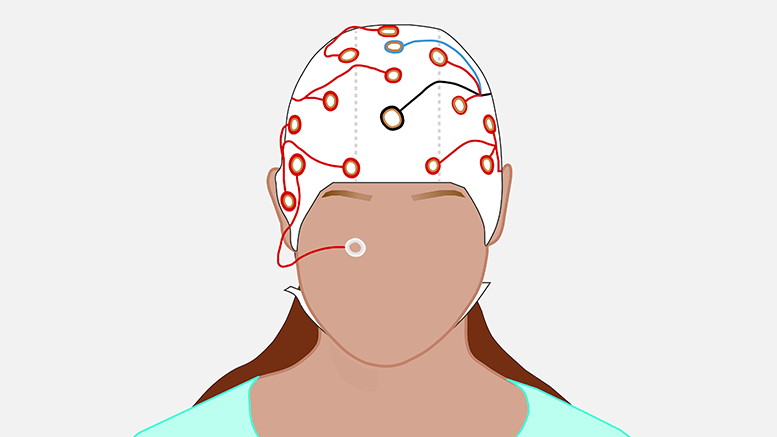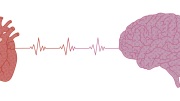In 1893, a brush with death would lead to the invention of a machine capable of reading human brain waves.
At the age of 19, Hans Berger was nearly trampled in a horse-riding accident. That same day, far away, his sister felt uneasy and sent a telegram to check on him. Upon receiving the eerily timed telegram, Berger believed that the had telepathically transmitted knowledge of his accident to his sister.
Determined to understand the brain’s activity, Berger began studying psychology. In 1924, he invented the electroencephalogram (EEG).
A century after that revolutionary invention, researchers at the U of M’s Hearts and Minds Lab decided to replicate Berger’s experiment — as a way to stay connected with scientific practices over the past years.
“I think it brings along some reflections on how relatively new even this field is,” said Ryan Giuliano, associate professor in the U of M’s department of psychology and principal investigator at the lab. “100 years may seem like a long time, but [the field of study] has a much deeper history than that.”
EEGs are capable of identifying changes and abnormalities in brain activity that may indicate brain conditions. They are frequently used to diagnose or treat seizures, brain tumors, injury-related brain damage, strokes and inflammation of the brain.
Additionally, an EEG can be used to confirm brain death in a patient who has fallen into a coma. They may also aid in finding the right amount of anesthesia needed to place a patient into a medically induced coma. This can be a crucial method as a last-resort to render a patient temporarily unconscious and minimize brain damage and pain during traumatic brain injury and seizures.
EEG tests begin with electrodes — small, metal discs that are pasted to a patient’s scalp. Wires connect the electrodes to an instrument that amplifies the electric signals transmitted by brain cells, allowing them to be recorded on computer equipment. The electrodes do not transmit sensations to the patient, making the process painless and without discomfort.
One of the major ongoing projects of the Hearts and Minds Lab focuses on recording how brain and cardiac activity fluctuate together.
Researchers led by Giuliano have conducted experiments with children and adults, systematically introducing stress into their environments. They then tracked how their heart rates and specific bandwidths of brain activity change together. The study is the first of its kind according to Giuliano.
“It speaks to the strength of EEG that you can have this temporal resolution of brain activity,” said Giuliano. “We really want to identify what is happening in someone’s brain as they become stressed, so that we can design […] biofeedback techniques to help people maybe change the patterns in those different brain waves.”
There are several types of brain waves. Alpha waves are baseline waves that occur when people are resting with closed eyes but still awake. Beta waves are more irregular, and happen while eyes are open, senses are stimulated and mental activity is present. Gamma waves occur when an individual is very alert and learning. Additionally, theta waves are present when one is exhausted or falling asleep and delta waves are observed during deep sleep and are the slowest waves.
Giuliano explained that alpha waves are expected to decrease during periods of stress. If that notion is supported by the lab’s work, a variety of techniques exist that can be implemented to induce alpha waves, allowing for a quicker and more effective recovery from stressful experiences. Eventually, the results of the study may allow researchers to design individualized therapies for patients.
He emphasized the importance of taking steps to reduce stress on a day-to-day basis, whether through allotting time for personal care, being outdoors, exercising or spending time with friends and family.
“We know from a lot of our research that your perceptions of how stressed you are in your life impact your body and your physiology and your health in almost every way,” Giuliano said. “Find ways to de-stress, and it’ll help improve your brain function and your health.”





